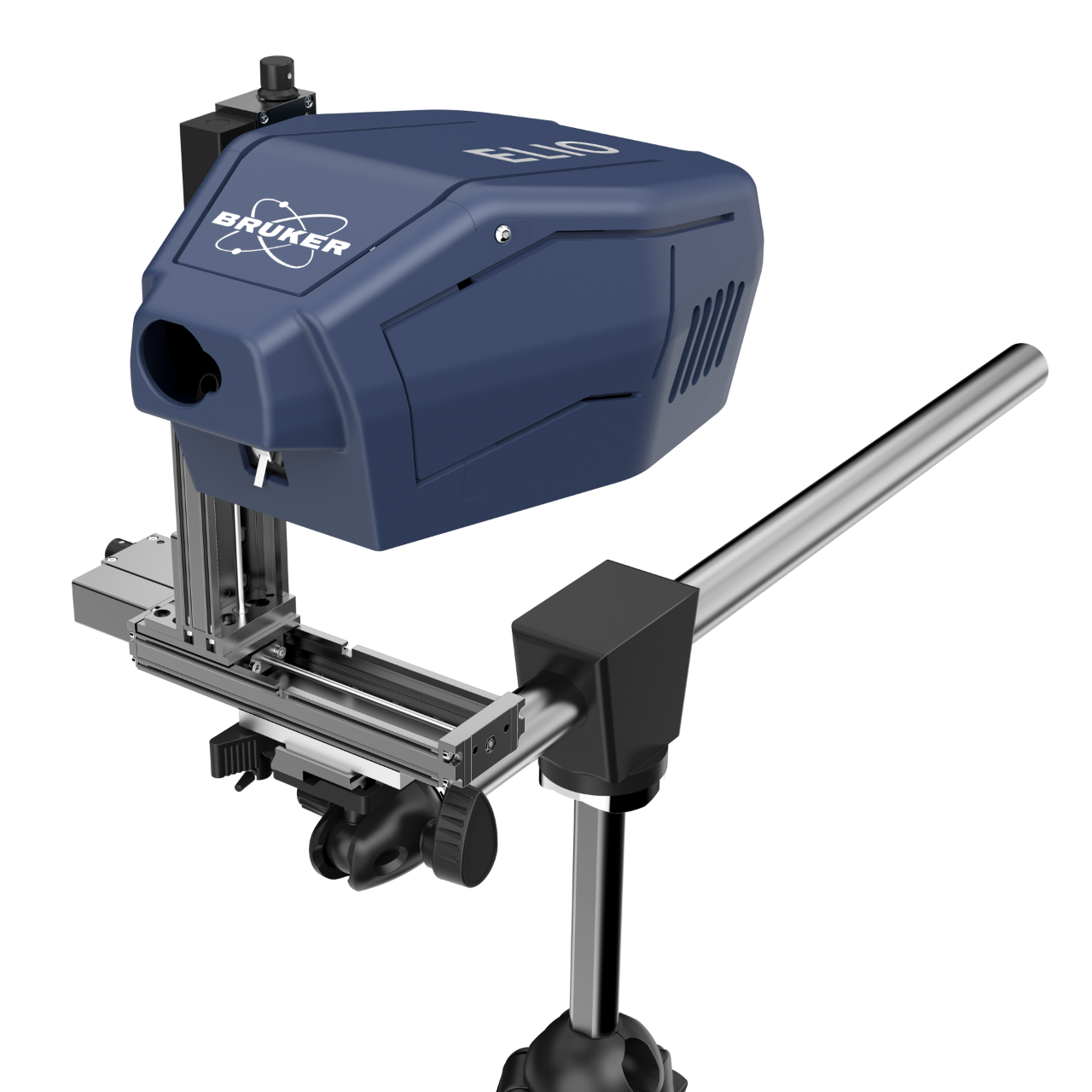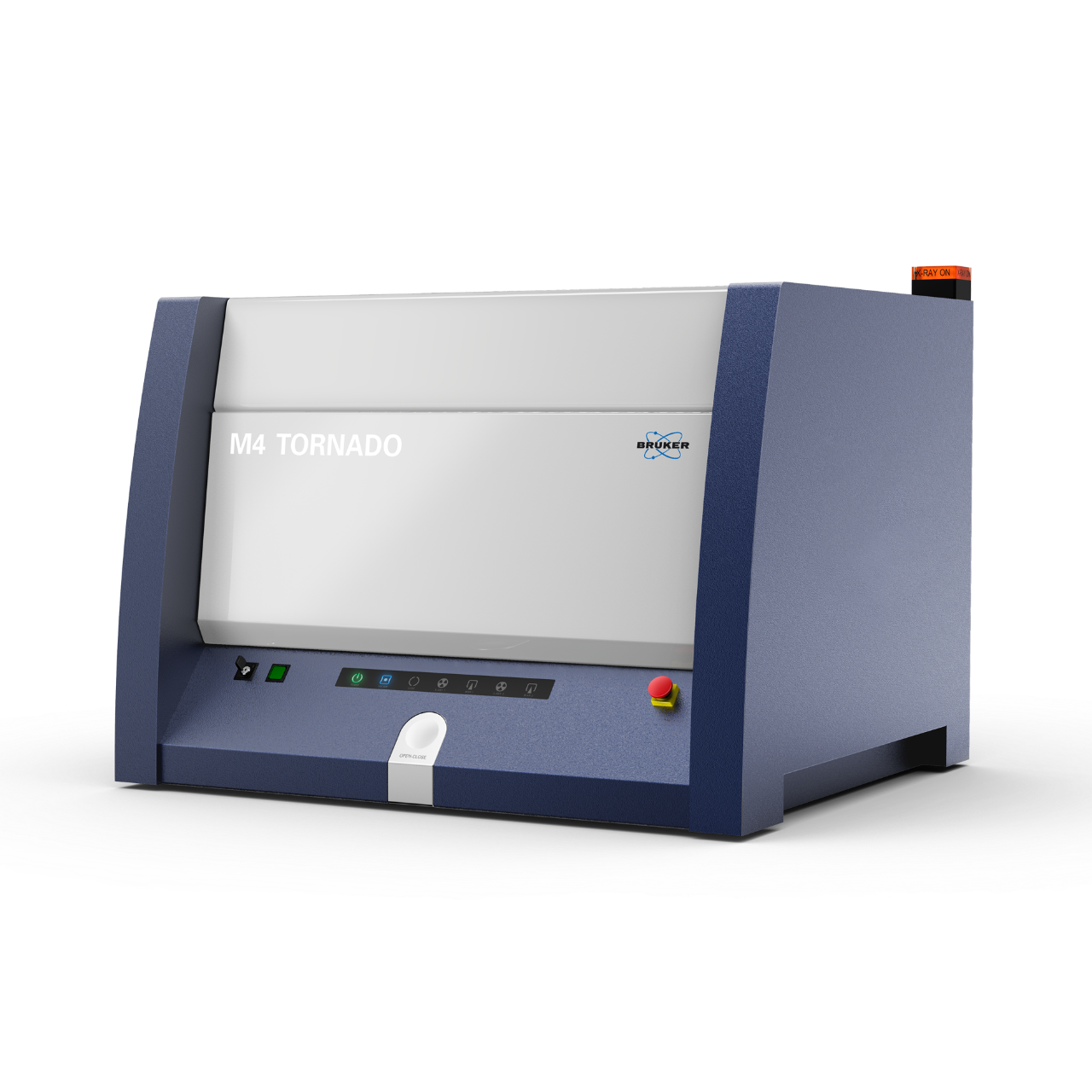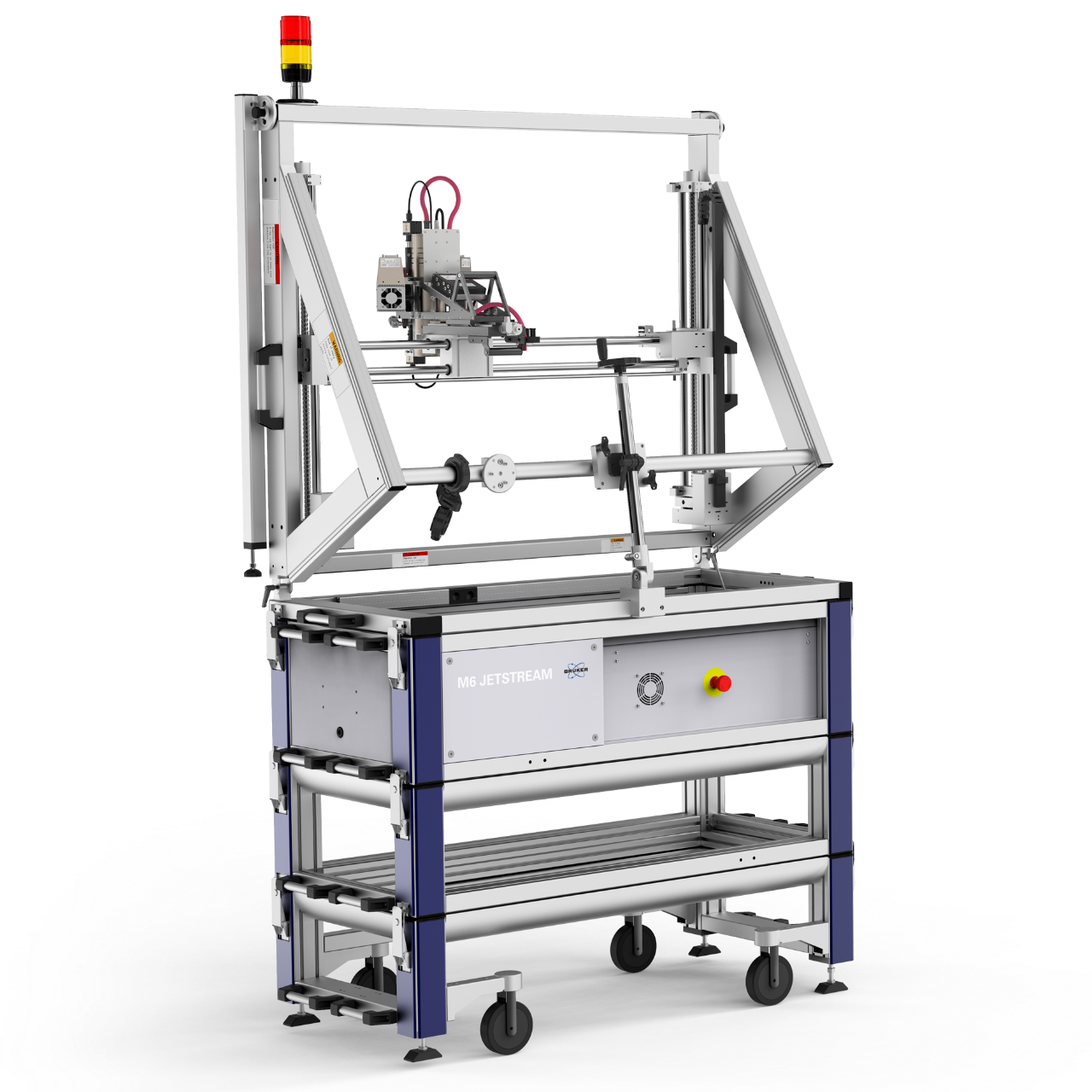Conservation of Historic Photographs
The advent of photography revolutionized the way the world around us is recorded. From historic events to the mundane day-to-day, early photographs provide remarkable insights into life of the 19th and early 20th centuries. The passing of time has commonly led to degradation leading to discoloration (yellowing), fading and/or blurring of the original images. Despite this change to the visible image, key components of the photographic information are not lost, including silver and/or other metals (Pt, Pd) used to capture the original image.
One approach to recover the lost images and to develop strategies for preservation of historic photographs is to conduct non-destructive analysis using micro-XRF elemental mapping. However, there are impediments to effective analysis that derive from the thin nature of the silver-bearing layer requiring Ag-L lines to be measured, which overlap with Ar-K (Ar makes up ~1% of air). Although analysis of some elements is improved when conducted under vacuum, this is not possible for all photographic materials due to desiccation and further damage of these fragile artifacts. Additional limitations are presented by standard instrument configurations (e.g. Rh X-ray tube) where sensitivity is limited by Rh-L energies from the source being below the absorption edge of Ag and Pd.
Bruker's has addressed this issue with a new configuration of the M4 TORNADO developed specifically for photograph and paper conservators.
Recovering the Image of a Faded Photograph
Micro-XRF mapping of this historic photograph has been conducted using the M4 TORNADO equipped with a W X-ray source and polycapillary lens, achieving a spot of ~20um. Mapping was conducted under a nitrogen atmosphere to remove interference with atmospheric Ar while avoiding damage to the photograph that could occur by using a vacuum.
The W X-ray source has proven more effective for excitation of Ag, Pd and Pt L lines, covering the common metals used in historic photographs. Micro-XRF maps of this photograph indicate that following this approach, the M4 TORNADO proves to be a valuable tool in recovering photographic images lost due to degradation with time and exposure to the elements.


